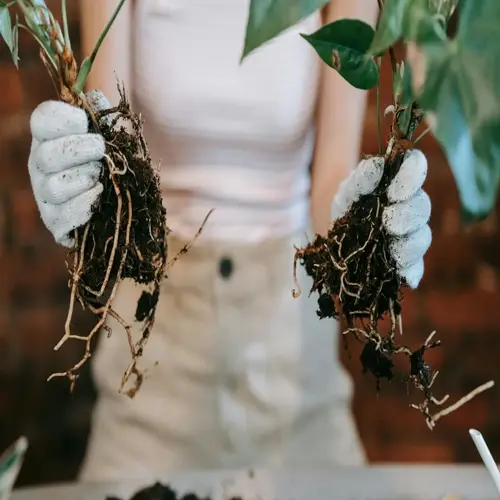What's the optimal time for testing garden soil?

Written by
Olivia Mitchell
Reviewed by
Prof. Charles Hartman, Ph.D.Sampling garden soil at the right time gets the most accurate pH readings. Soil conditions are best 24-48 hours after rain or irrigation, when the soil is moist but not wet. Avoid sampling during droughts or freezing weather, as the soil's chemistry may change unexpectedly. I always test my vegetable beds in early spring before planting.
Different types of gardens need specific testing schedules. Seasonal vegetable gardens should be tested before each planting season. Perennial plants should be tested in late autumn during their dormancy. Lawns should be tested every other year in the spring. Container plants should be tested quarterly due to more rapid changes in pH.
Spring Testing
- Ideal for annual vegetable gardens before planting
- Soil temperatures should exceed 50°F (10°C)
- Allows time for pH adjustments before sowing
Fall Testing
- Best for perennial beds during dormancy
- Soil still workable before winter freeze
- Amendments integrate over winter months
Problem-Solving Tests
- Conduct when plants show nutrient deficiency signs
- Test immediately after abnormal weather events
- Retest 4-6 weeks after applying amendments
Before sampling, you should properly prepare the soil. Remove all surface debris and roots from the sample area. Use only stainless steel utensils and tools to prevent contamination. Secondly, take samples from the sample area in several locations at the desired depth. Mix thoroughly in a clean plastic container to ensure a representative sample is taken.
Test accuracy is highly susceptible to weather patterns. Heavy rains leach nutrients from the root zone, which will change pH readings. Drought conditions cause non-organic salts to accumulate in the soil, thereby raising its alkalinity. Tests should be made on stable weather conditions for comparative readings. For this reason, I do not test during periods of hot weather or immediately after fertilizer has been used.
Under special conditions, urgent testing is required. Take tests when new plants are introduced with different pH requirements, and test when amending soil to see if it has accomplished the desired purpose. Monthly tests of container plants should be conducted during their peak growth period. These practices will protect against plant damage and nutrient deficiencies resulting from incorrect pH.
Read the full article: Soil pH Testing: The Complete How-To Guide

